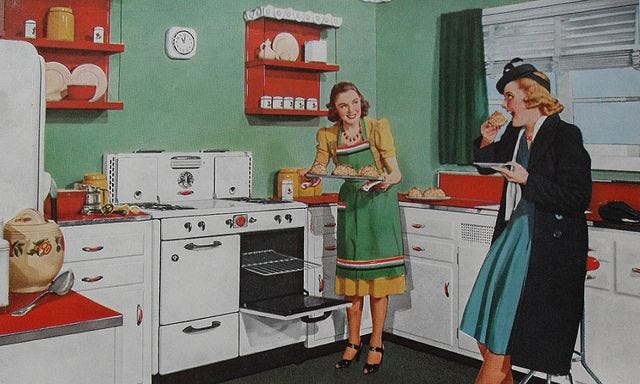High Heels and Hormones: The Woman is the Person Who Cooks in the Kitchen
Exploring transgender cuisine
“There are cookbooks that teach you how to cook and then there are cookbooks that teach you how to live,” writes Eva Reign at Bon Appetit. Reign, who has earned fame as a minor actress and an enthusiastic journalist of transgender lifestyles, is exactly the right person to review Cooking in Heels, “a memoir-in-recipes by New York activist and prison abolitionist Ceyenne Doroshow,” who sounds like exactly the first sort of person I think of when I want advice on how to live, or how to cook.
“Years ago Doroshow was quietly making [his] living as a dominatrix by taking out personal ads in a New Jersey newspaper,” Reign says. “Then one night, in the middle of a thunderous rainstorm, [he] was apprehended by an undercover policeman posing as a client.” As always, the Venn diagram of two specific luxury beliefs — ‘trans women are women’ and ‘sex work is work’ — is a circle.
According to Doroshow, his grandfather taught him to cook as a child. One day, his father ate a “pan of spinach and chees…




